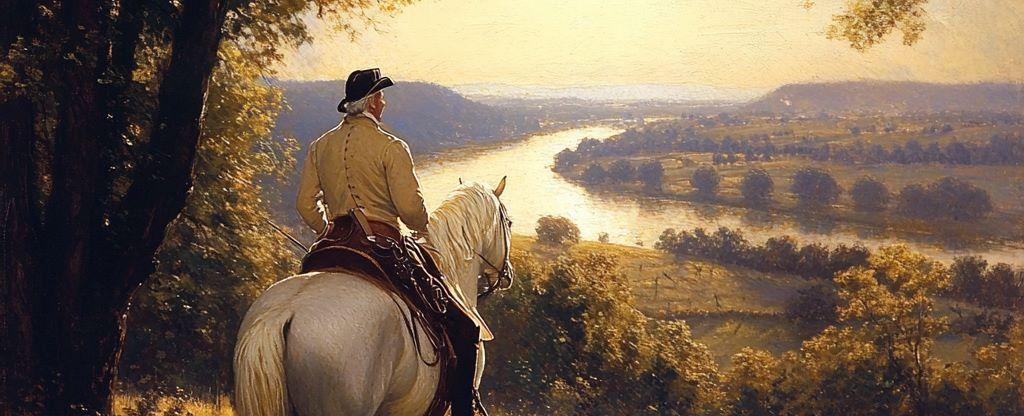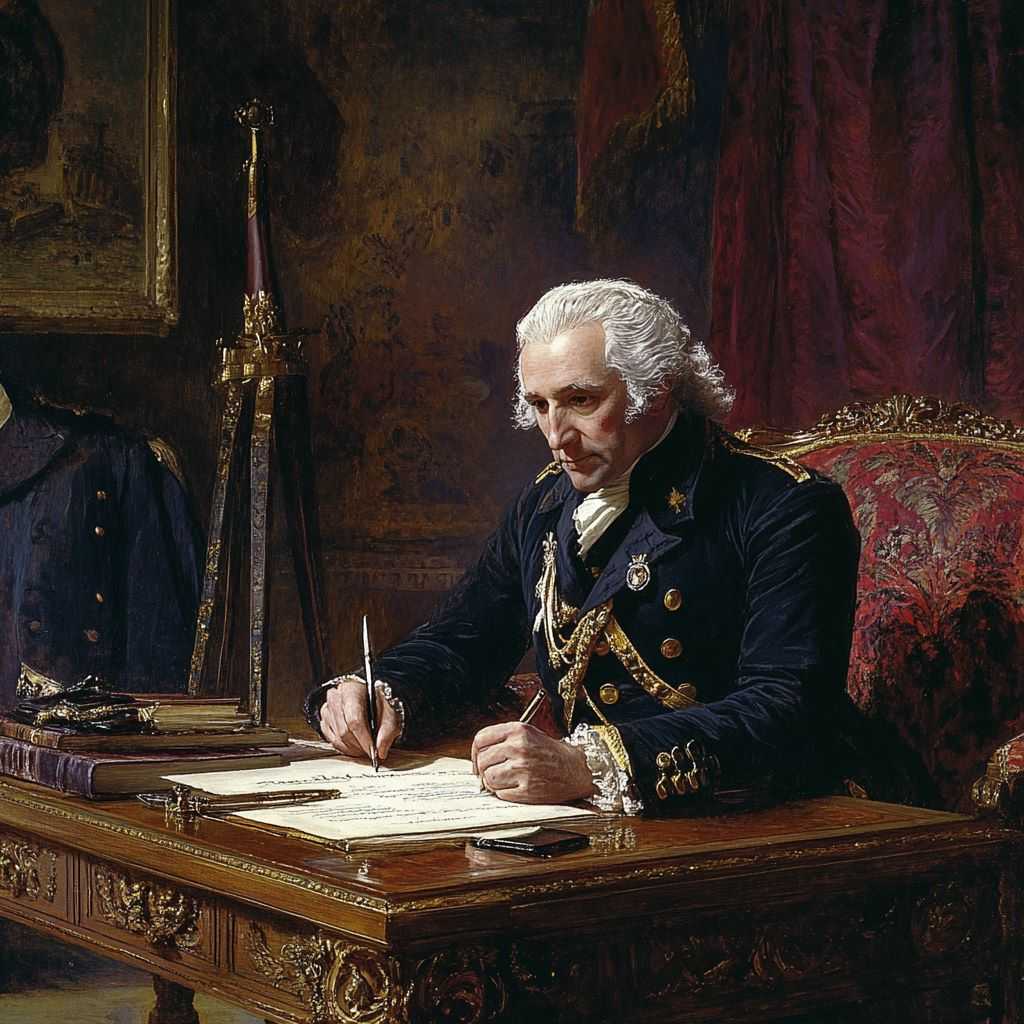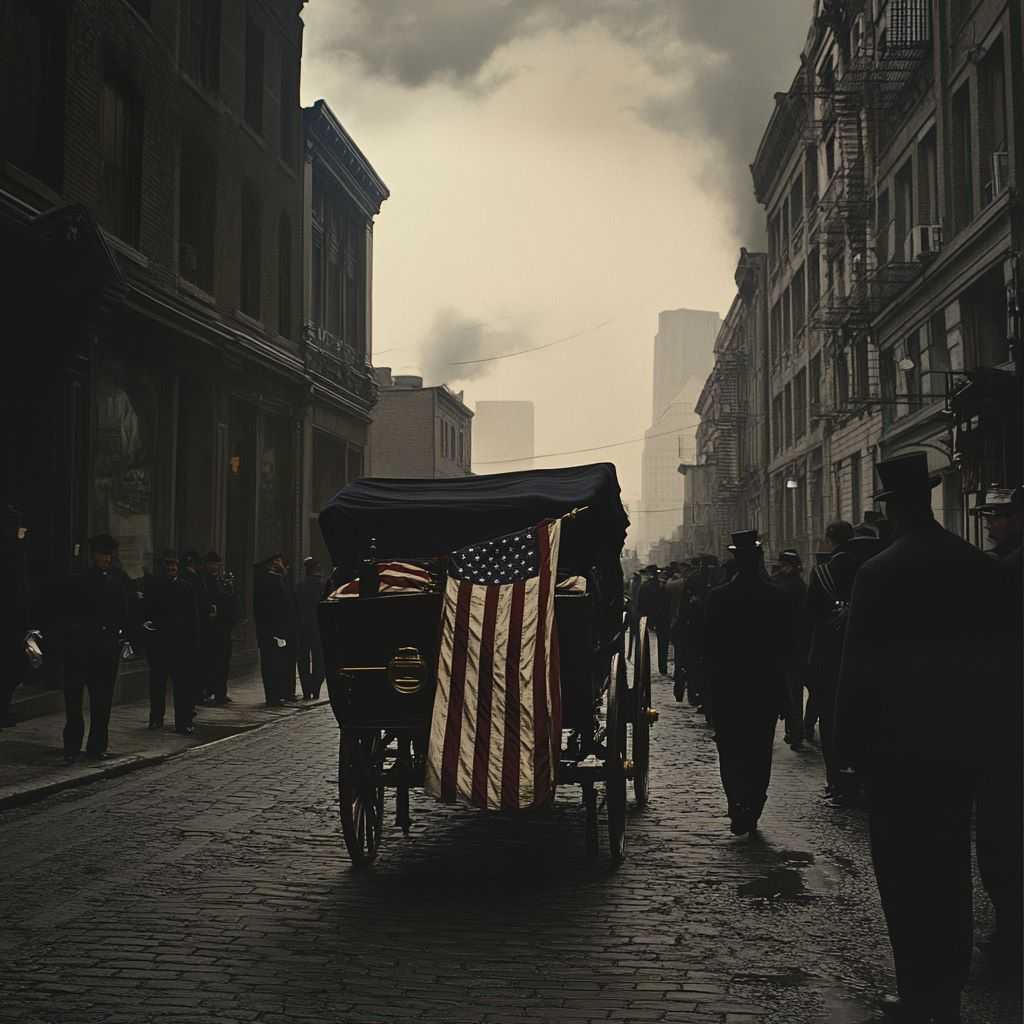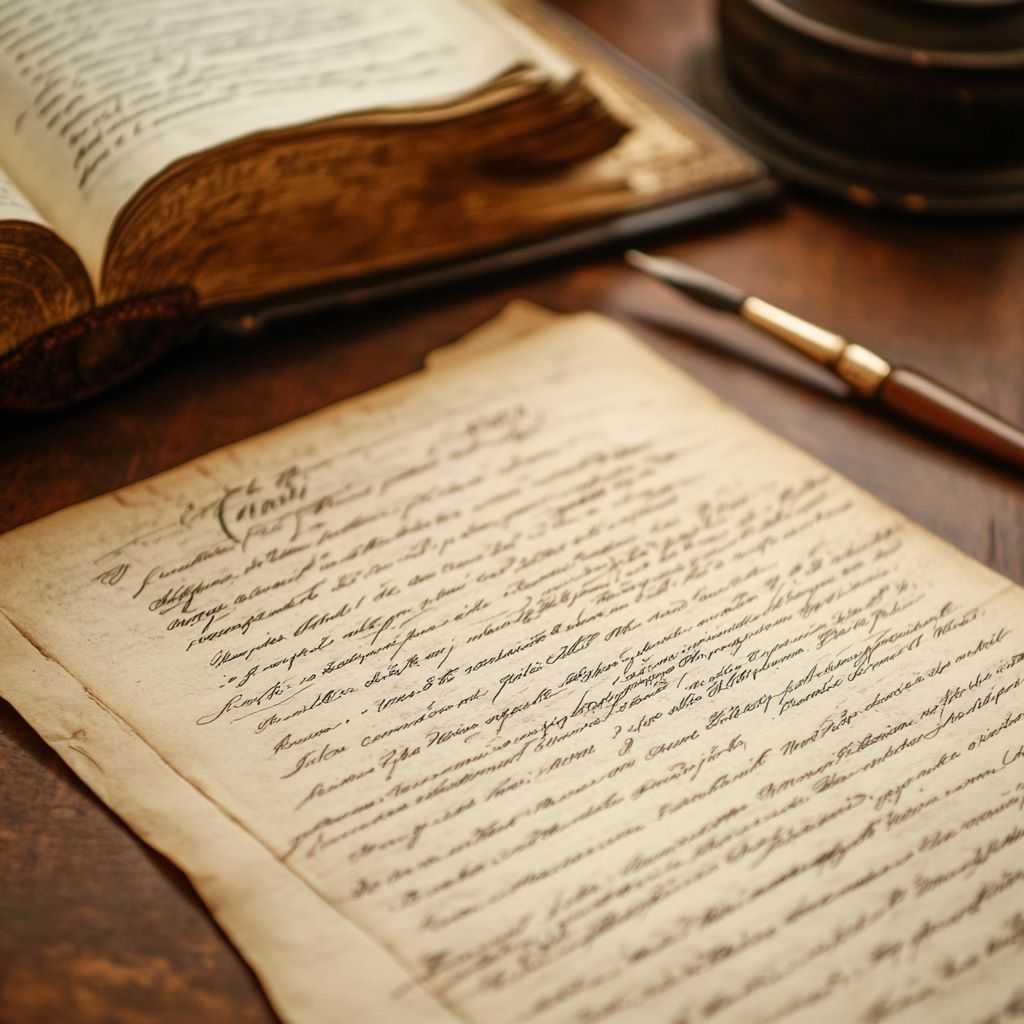The Final Farewell - George Washington’s Retirement and Legacy (1797–1799)

After shaping a revolution, commanding a new army, and defining the presidency from scratch, George Washington walked away.
He had every reason to keep power — and none of the ambition to hold onto it.
This is the story of Washington’s last years — a peaceful, reflective chapter filled with letters, land, and the quiet preparation for something far bigger than himself: his legacy.
Back to Mount Vernon: The Return of the Farmer
In March 1797, Washington left the presidency and returned home to Mount Vernon, his cherished estate by the Potomac River.
No parades. No motorcades. Just fields to tend, letters to answer, and a house full of guests.
He woke early, rode horseback across his farms, managed workers, and wrote prolifically. Despite his status, Washington found joy in agriculture, architecture, and experimentation.

But he also watched the country closely — worried about rising partisanship, the future of democracy, and America’s place in the world.
The Unexpected Call to Arms (Again)
In 1798, tensions with France reached a boiling point. A war — the Quasi-War — seemed inevitable.
President John Adams, knowing who the people trusted most, asked Washington to return and lead the U.S. Army once more, just in case.
Washington agreed — reluctantly. He accepted the title of Commander of the Armies of the United States, but insisted Alexander Hamilton act as second-in-command.
He didn’t want fame. He wanted order. And above all, peace.

Though war never came, Washington’s presence calmed the nation and reaffirmed trust in its institutions.
An Unfinished Dream: Slavery and Legacy
Washington spent his final years reconsidering his views on slavery — an issue that would haunt the nation long after his death.
He was a slaveholder, yes. But in his final will, he made a bold move for his time: he ordered that all 123 of his enslaved people be freed upon Martha’s death.
He was the only Founding Father to do this.

Was it enough? No. But it was a crack in the wall — a step toward conscience.
His Final Days: December 1799
On December 12, 1799, Washington rode through rain and snow, inspecting his estate. The next day, he had a sore throat, chills, and struggled to speak.
By December 14, the illness worsened — likely acute epiglottitis or laryngeal inflammation, not bloodletting (though three physicians did bleed him heavily).
He remained calm and composed, saying only, “I die hard, but I am not afraid to go.”
At 10:20 PM, George Washington passed away at the age of 67.

The news spread like wildfire. Churches tolled their bells. Cities mourned. The young republic grieved as if it had lost its father — because it had.
A Nation in Mourning
In Philadelphia, Congress wore black for a month. Across the colonies, funeral processions, sermons, and ceremonies took place.
A marble cenotaph was planned for the Capitol. (He would later be entombed at Mount Vernon.)
Napoleon Bonaparte, then ruler of France, even ordered a ten-day mourning period for Washington in the French army.

His death was not just the loss of a man — it was the closing of an era.
Washington’s Will and Final Wishes
In his will, Washington laid out his vision for the future — from land to education to the freedom of his enslaved workers. He requested a simple burial, with no grand monuments.
He understood better than anyone: legacies aren’t built on statues. They’re built on principles.

Conclusion: The Seed of a Republic
George Washington’s final years weren’t filled with speeches or spotlights — they were lived with quiet dignity. His greatest contribution may not have been revolution or governance — but his willingness to let go.
He showed that true power lies not in control, but in character.
And in doing so, he didn’t just win independence — he helped define what it means to be American.
